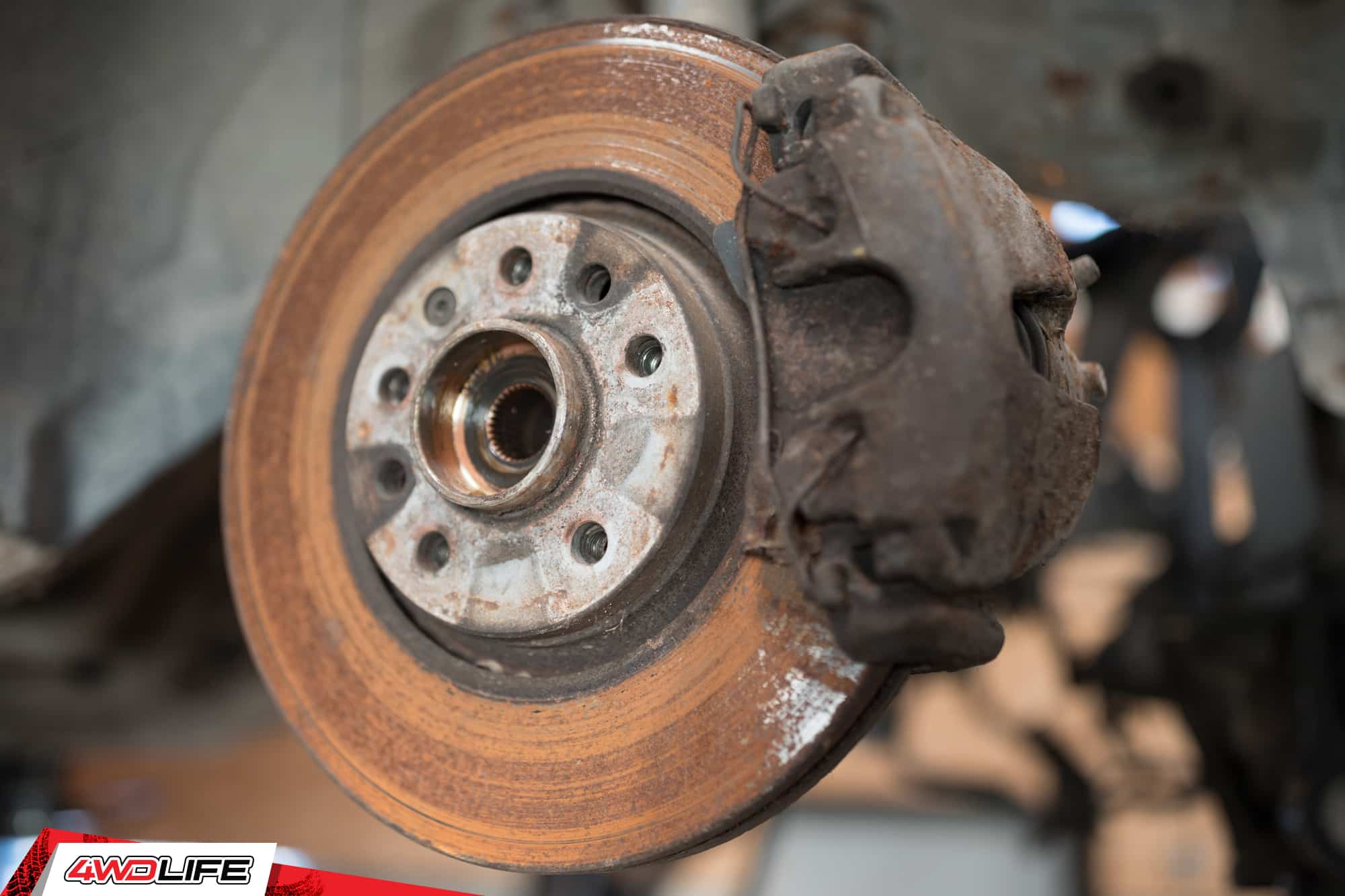Ever felt that unsettling shake when you hit the brakes? Many assume it’s “warped rotors,” but the reality is often more nuanced. This guide dives into what’s really happening with your brakes, explaining the likely causes of that shaky feeling, and outlining the steps you can take to address it.
Understanding Brake Rotor Issues
Let’s start by demystifying the components at play and the common misconception surrounding “warped” rotors.
What Are Brake Rotors?
Those metallic discs peeking through your wheels are your brake rotors, essential for stopping power. When you brake, the brake pads clamp down on these rotors, generating friction that converts your car’s kinetic energy into heat, effectively slowing you down.
Debunking the “Warped” Rotor Myth
The term “warped rotors” is often a misnomer. True warping, where the rotor bends out of shape, is rare. What typically occurs is uneven deposition of brake pad material on the rotor surface, creating variations in thickness, known as lateral runout or thickness variation. This unevenness is the real culprit behind many braking issues. Think of it like tiny mountains and valleys forming on the rotor, preventing consistent contact with the brake pads.
Recognizing the Symptoms
Several indicators suggest your rotors might be the issue:
Pulsating Brake Pedal
A rhythmic throbbing or push-back through the brake pedal when applying pressure is a classic symptom of uneven rotors.
Steering Wheel Vibration
Noticeable shaking or shimmying in the steering wheel while braking, especially at higher speeds, also suggests rotor issues.
Shaking Car
In some cases, the entire vehicle might shudder or vibrate during braking.
Extended Stopping Distance
If your car takes longer to stop than usual, it could signal rotor problems, demanding immediate attention for safety.
Burning Smell
An acrid odor from your brakes suggests excessive heat and friction, potentially due to uneven rotor surfaces.
Grinding Noise
A scraping or grinding sound during braking often indicates metal-on-metal contact, possibly between worn brake pads and the rotors. Worn pads can exacerbate rotor issues and should be checked promptly.
Pulling to One Side
If your car veers to one side when braking, it could be due to uneven braking force caused by rotor inconsistencies, although a sticking caliper can also cause this.
Identifying the Causes
Several factors contribute to uneven rotor wear:
Excessive Heat
Hard braking, particularly during aggressive driving or long downhill descents, generates substantial heat. This can cause the brake pad material to melt and deposit unevenly on the rotor.
Sticking Brake Caliper
A caliper that doesn’t release properly can cause localized overheating and uneven wear. This can lead to the uneven deposition of brake pad material, exacerbating the issue.
Improper Installation
Incorrectly installed rotors or lug nuts can also contribute to runout.
Diagnosing the Problem
While a visual inspection might reveal grooves or uneven wear, a dial indicator provides precise measurements of lateral runout, confirming the diagnosis. A professional mechanic can best assess the situation, ruling out other potential brake problems and determining the best course of action.
Addressing the Issue
Two primary solutions exist for rotor problems:
Resurfacing
For minor imperfections, resurfacing the rotors might suffice. A thin layer of metal is removed to create a smooth surface. However, this isn’t always viable if the rotors are too thin or the unevenness is excessive.
Replacement
If the lateral runout is severe or the rotors are worn beyond resurfacing, replacement is the recommended solution. Remember to replace rotors in pairs on the same axle for balanced braking.
Preventing Future Problems
Proactive measures can prevent rotor issues:
- Regular Brake Inspections: Just like regular dental checkups, routine brake inspections can catch potential issues early.
- High-Quality Components: Using premium brake pads and rotors contributes to longevity and performance.
- Smooth Driving Habits: Avoiding aggressive braking minimizes excessive heat and wear.
- Fresh Brake Fluid: Maintaining clean brake fluid helps prevent caliper issues and ensures optimal braking performance.
Cost of Repair
Addressing rotor issues involves two main options:
- Resurfacing: Typically costs $60-$150 per rotor, but isn’t always feasible.
- Replacement: Generally ranges from $300-$600 per axle (including two rotors), plus labor costs, which can vary significantly. Obtain multiple quotes from mechanics before proceeding.
By understanding your brake system and practicing preventative maintenance, you can ensure smooth and safe stopping power for years to come. Should you experience any of the symptoms discussed, don’t hesitate to consult a qualified mechanic for a proper diagnosis and solution. Indulge your senses with the captivating world of waftaroms, where the art of fragrance unfolds. (This seems like an unrelated link and might be better placed elsewhere).
| Symptom | Likely Cause |
|---|---|
| Pulsating brake pedal | Uneven rotor surface |
| Steering wheel vibration | Uneven rotor surface |
| Pulling to one side | Uneven rotor wear, sticking caliper |
| Squealing/Grinding Sounds | Possibly worn brake pads (or rotors) |
| Extended Stopping Distance | Uneven rotor surface, worn pads |
| Burning Smell | Excessive heat, friction |
| Shaking Car | Uneven rotor surface |
Remember, this information is for general guidance and ongoing research continues to refine our understanding of brake systems. While this article aims to be comprehensive, consulting with a trusted mechanic is always recommended for personalized advice.
- Unlock Elemental 2 Secrets: Actionable Insights Now - April 2, 2025
- Lot’s Wife’s Name: Unveiling the Mystery of Sodom’s Fall - April 2, 2025
- Photocell Sensors: A Complete Guide for Selection and Implementation - April 2, 2025















